Hi, everyone!
TÁR is now playing in theatres across the US, as of today the film has grossed $2.4 million (1,087 theatres).
Costume designer, Bina Daigeler and Cate Blanchett talked about the costumes in the movie.
Holding court onstage in an interview with The New Yorker’s Adam Gopnik, the EGOT-winning conductor and composer Lydia Tár claims that gender was never an issue in her rise to the top of the classical music world. But her outfit—a perfectly tailored black suit and crisp white dress shirt—tells a more complicated story. As played by Cate Blanchett in Tár, the new psychological drama from writer and director Todd Field, Lydia dresses to impress, and often reveals much more than she intends.
Costume designer Bina Daigeler tells Vanity Fair that Lydia Tár’s power dressing—effortlessly chic but meticulously tailored custom suits, wine-colored sweaters, and an occasional scarf—took shape after conversations with Field about the enigmatic conductor’s inner life. Daigeler researched the music world, and the sartorial style of both female and male conductors before making menswear the inspiration for the maestro’s wardrobe—one that eschews most makeup and all jewelry, save for a watch worn inwards.
For her part, Blanchett doesn’t necessarily think of Lydia’s clothes as menswear. “Women also feel comfortable in pants and suiting!” She says via email. “But still, unfortunately, stepping onto the podium as a woman is a political act. And so, to work out what tradition Lydia was bucking or buying into, and how this was reflected in the way she dressed, was an important early conversation. The baseball cap, for instance, [that Lydia wears when casually dressed for travel, is] a defiant venture towards her American-ness in a Eurocentric music culture.”
The film’s most character-defining fashion moment comes early on, when the maestro is measured for a suit by German tailor Egon Brandstetter at his atelier. It began as a simple script description of her assistant Francesca (Noémie Merlant) shopping for Lydia and a couple of jacket fittings, according to Field. The director—who had standing weekly dinners with his costume designer while filming—says in an email that thanks to Daigeler, who arranged Brandstetter’s participation, the scene became “a nuts-and-bolts example of meticulous self-mythology and image creation.”
Ironically, Blanchett is barely seen in Brandstetter’s finished suit, the outfit relegated to a photo of Lydia in the film. In fact, the orchestra leader’s power suits were designed by Daigeler, who Field describes as an “absolute magician [who] is never pointing to the trick.”
The suits so impressed Blanchett that she took some home. “Bina has such a great eye—for line, color, and embellishment. So whenever I work with her, I covet everything,” she says. “But then you get home, and realize Bina has bewitched you—it’s the character’s taste, not yours!” What matches Blanchett’s taste, however, is the vintage Rolex Lydia wears because it’s her own. The watch was a gift from her husband, Andrew Upton, after the birth of their second child. Blanchett says that she “wanted the face turned inwards for easy access to the watch face for snatched glances at time. After all, it’s a film about time. To wear any other jewelry would have diluted this.”
Full article on Vanity Fair
 Welcome to Cate Blanchett Fan, your prime resource for all things Cate Blanchett. Here you'll find all the latest news, pictures and information. You may know the Academy Award Winner from movies such as Elizabeth, Blue Jasmine, Carol, The Aviator, Lord of The Rings, Thor: Ragnarok, among many others. We hope you enjoy your stay and have fun!
Welcome to Cate Blanchett Fan, your prime resource for all things Cate Blanchett. Here you'll find all the latest news, pictures and information. You may know the Academy Award Winner from movies such as Elizabeth, Blue Jasmine, Carol, The Aviator, Lord of The Rings, Thor: Ragnarok, among many others. We hope you enjoy your stay and have fun! 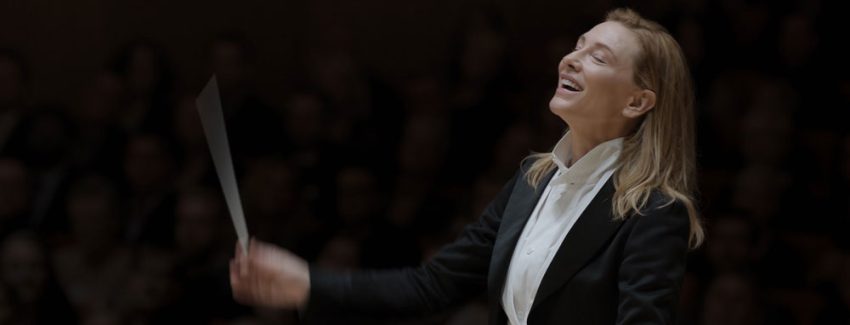


![Cate Blanchett interviews and other news [compilation]](https://www.cate-blanchett.com/news/wp-content/uploads/2020/07/001-1-550x350.jpg)
![[Video] NEW interview of Cate Blanchett for The Present #Broadway](https://www.cate-blanchett.com/news/wp-content/uploads/2017/01/proxy.jpg)
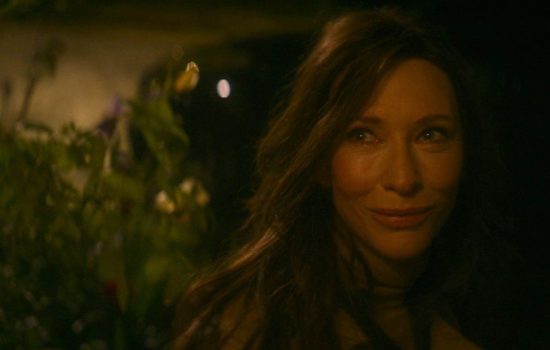

 A Manual for Cleaning Women (202?)
A Manual for Cleaning Women (202?) The Seagull (2025)
The Seagull (2025)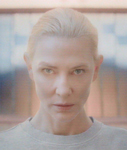 Bozo Over Roses (2025)
Bozo Over Roses (2025) Black Bag (2025)
Black Bag (2025)  Father Mother Brother Sister (2025)
Father Mother Brother Sister (2025)  Disclaimer (2024)
Disclaimer (2024) 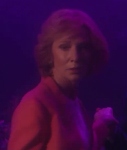 Rumours (2024)
Rumours (2024) 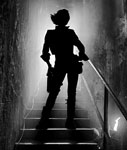 Borderlands (2024)
Borderlands (2024) 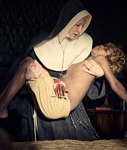 The New Boy (2023)
The New Boy (2023) 











